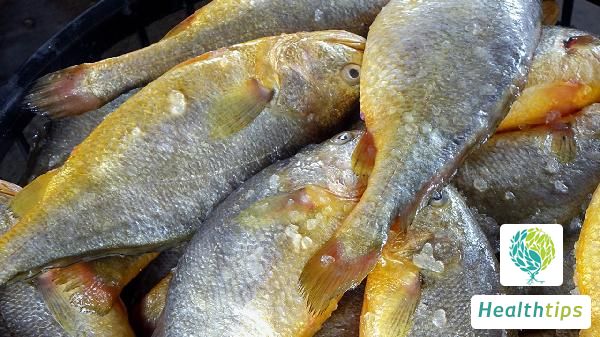What are the symptoms of ovulation?
Understanding the Ovulation Period for Fertility and Contraception
The ovulation period represents the most fertile window within a woman's menstrual cycle, typically occurring around the 14th day from the start of menstruation. During ovulation, an egg is released from the ovaries into the fallopian tubes, awaiting fertilization. This phase is often accompanied by a range of symptoms, including:

Abdominal Pain
Some women experience pain in the abdomen or pelvic region during ovulation. This is due to the stimulation of surrounding tissues as the egg is released from the ovaries.
Bloating and Discomfort
The ovaries produce significant amounts of estrogen during ovulation, which can lead to abdominal bloating and feelings of discomfort.
Breast Tenderness
Changes in hormone levels during ovulation may cause breast tenderness and sensitivity.
Alteration in Vaginal Discharge
Vaginal secretions during ovulation become transparent, sticky, and stretchy, resembling raw egg white.
Increased Sexual Desire
Due to shifts in hormone levels, some women experience heightened sexual desire during ovulation.
It's important to note that not all women will experience these symptoms, and the specific symptoms can vary among individuals. To determine your ovulation period, methods such as tracking basal body temperature, observing changes in vaginal secretions, or using ovulation test strips can be employed. Understanding your ovulation period is crucial for fertility management, whether you're planning to conceive or prevent pregnancy. Should you have any questions or concerns, it's advisable to consult a physician or gynecological specialist.



















